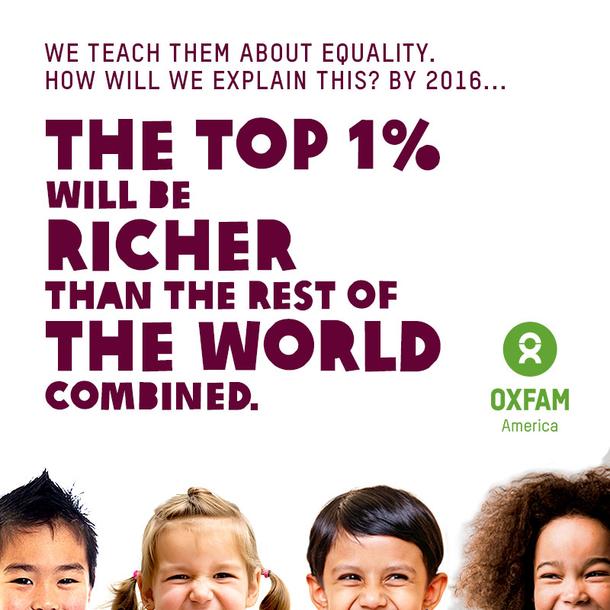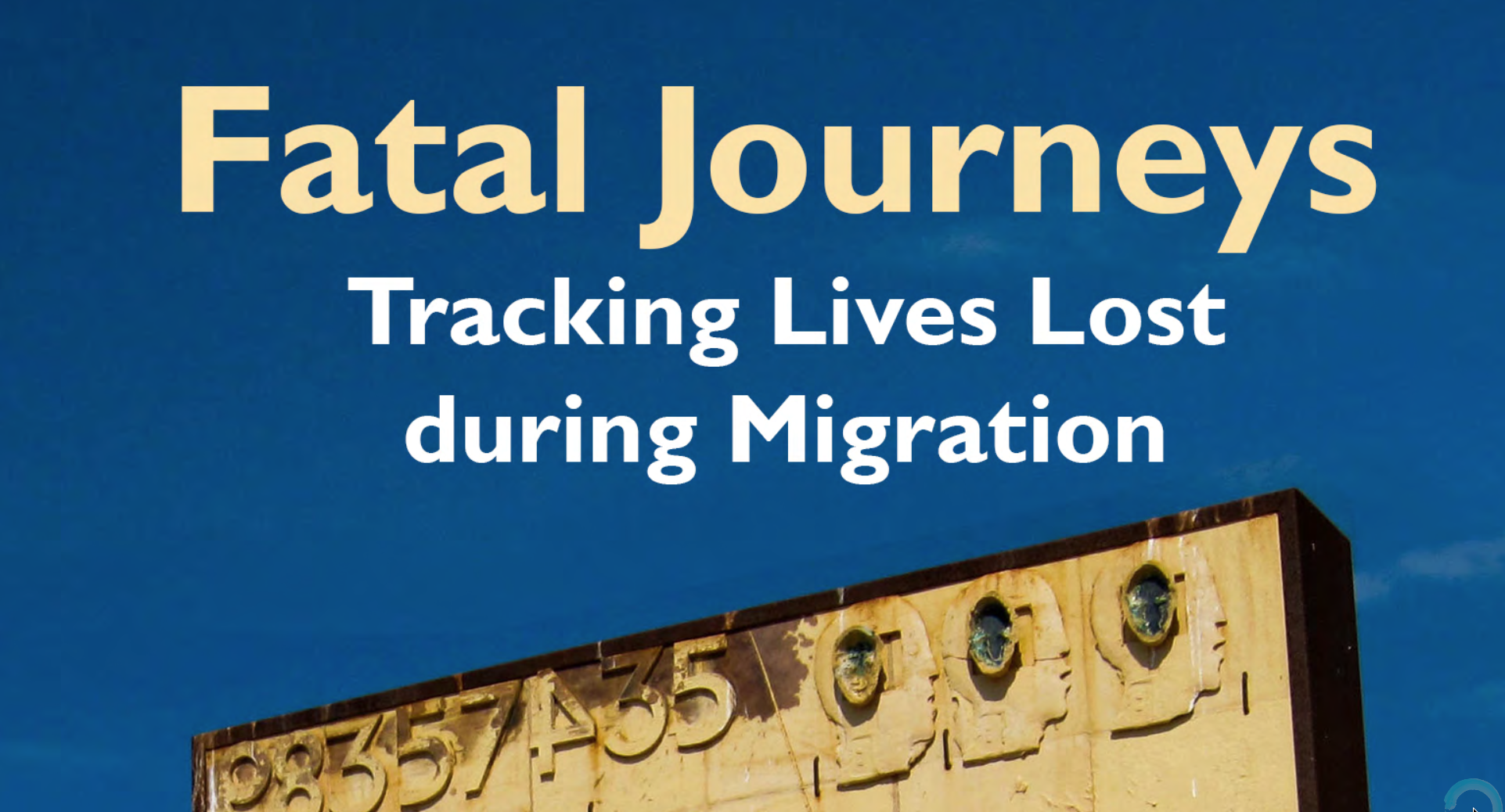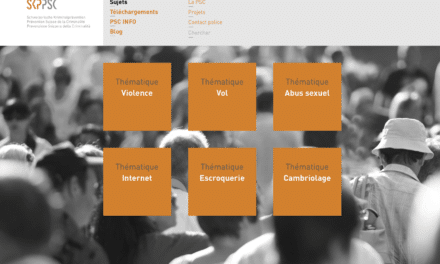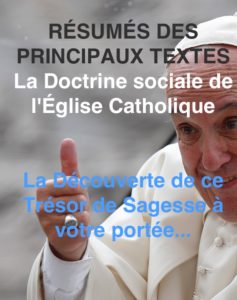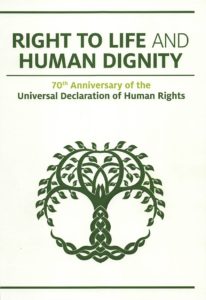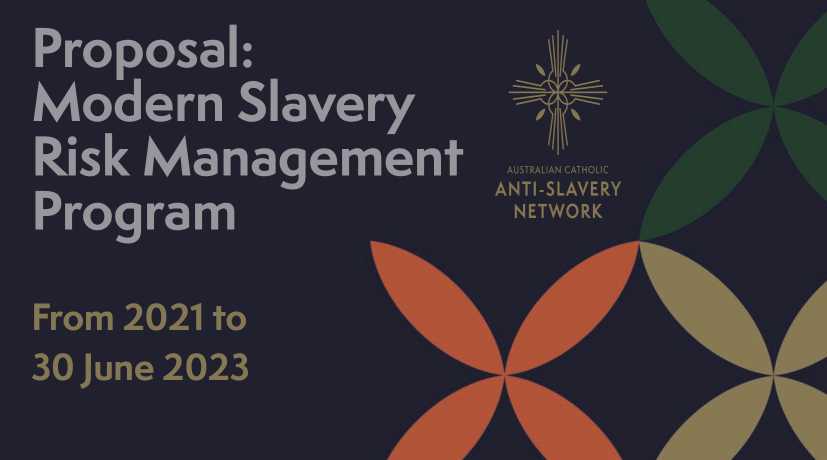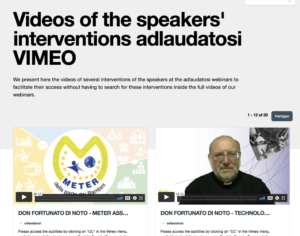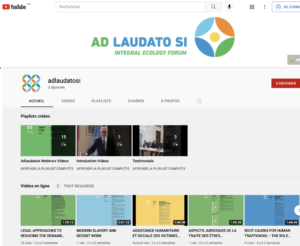Change in land ownership in developing countries is commonly driven by large-scale acquisitions, which see the transfer of land from small-scale farmers to large investors and the conversion of land from subsistence to commercial use. UP TO 59% of land deals cover communal lands claimed by indigenous peoples and small communities, which translates to the potential displacement of millions of people.
THE CONCENTRATION OF WEALTH DEEPENS
Total global wealth has reached a staggering $255 trillion. Since 2015, more than half of thiswealth has been in the hands of the richest 1% of people. At the very top, this year‟s datafinds that collectively the richest eight individuals have a net wealth of $426bn, which is the same as the net wealth of the bottom half of humanity.
Wealth continues to accumulate for the wealthy. Capital owners have consistently seen their returns outstrip economic growth over the past three decades. Oxfam‟s previous reportshave shown how this extreme and growing wealth in the hands of a few translates to power and undue influence over policies and institutions.
Meanwhile the accumulation of modest assets, especially agricultural assets such as land and livestock, is one of the most important means by which to escape poverty. Wealth is critical for people living in poverty to be able to respond to financial shocks like a medical bill. However, estimates from Credit Suisse find that collectively the poorest 50% of people have less than a quarter of 1% of global net wealth. Nine percent of the people in this group have negative wealth, and most of these people live in richer countries where student debt and other credit facilities are available. But even if we discount the debts of people living in Europe and North America, the total wealth of the bottom 50% is still less than 1%.
Unlike extreme wealth at the top, which can be observed and documented through various rich lists, we have much less information about the wealth of those at the bottom of the distribution. We do know however, that many people experiencing poverty around the world are seeing an erosion of their main source of wealth – namely land, natural resources and homes – as a consequence of insecure land rights, land grabbing, land fragmentation and erosion, climate change, urban eviction and forced displacement. While total farmland has increased globally, small family farms operate a declining share of this land. Ownership of land among the poorest wealth quintile fell by 7.3% between the 1990s and 2000s.
Change in land ownership in developing countries is commonly driven by large-scale acquisitions, which see the transfer of land from small-scale farmers to large investors and the conversion of land from subsistence to commercial use. UP TO 59% of land deals cover communal lands claimed by indigenous peoples and small communities, which translates to the potential displacement of millions of people. Yet only 14% of deals have involved a proper process to obtain „free prior and informed consent‟ (FPIC). Distribution of land is most unequal in Latin America, where 64% of the total wealth is related to non-financial assets like land and housing and 1% of „super farms‟ in Latin America now control more productive land than the other 99%.
Read the full report here: https://www.oxfam.org/sites/www.oxfam.org/files/file_attachments/bp-economy-for-99-percent-160117-en.pdf





